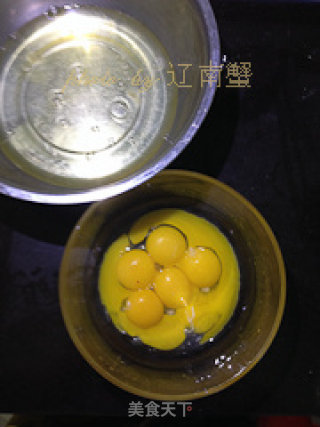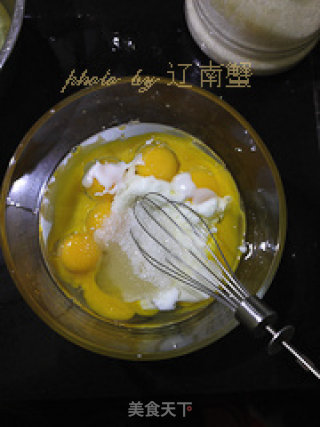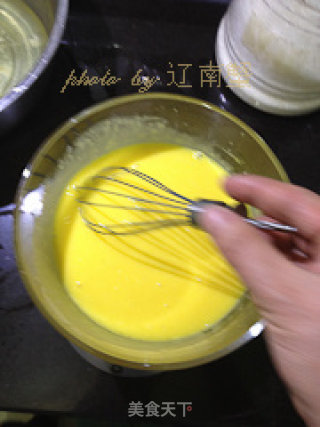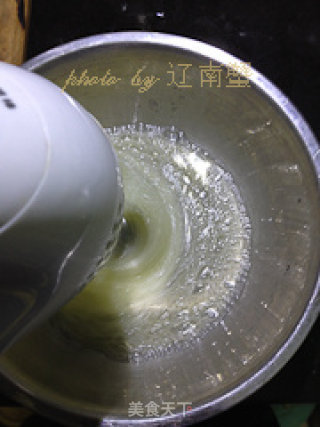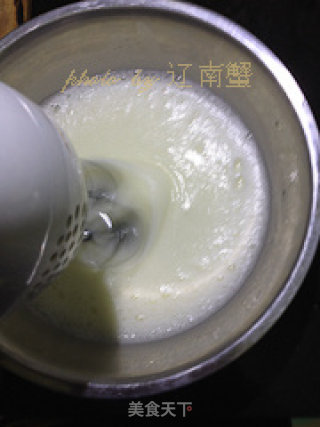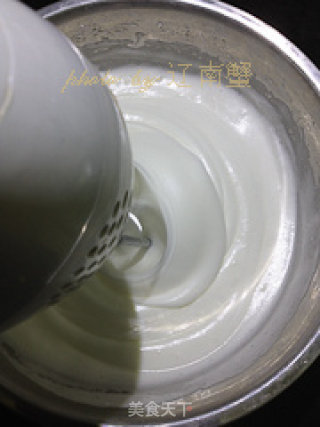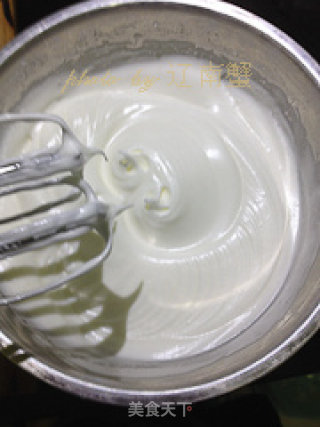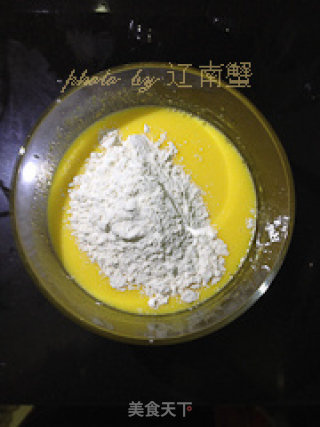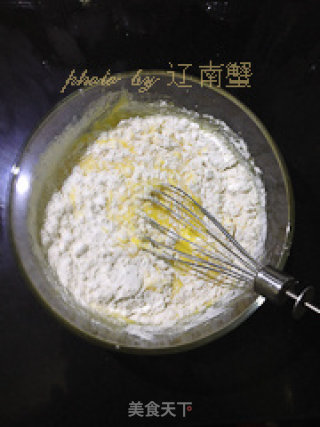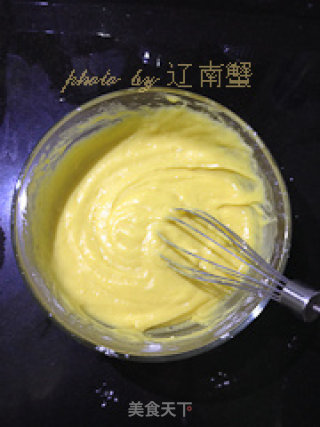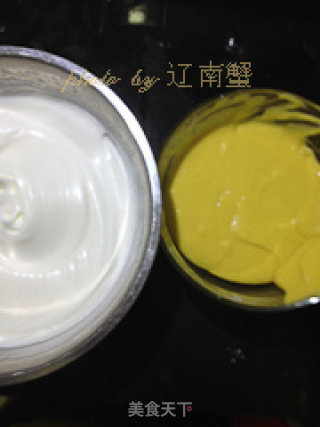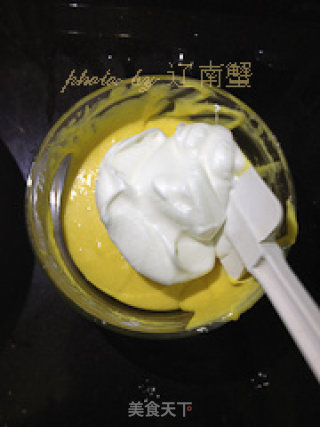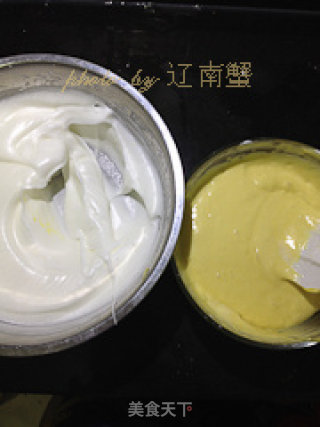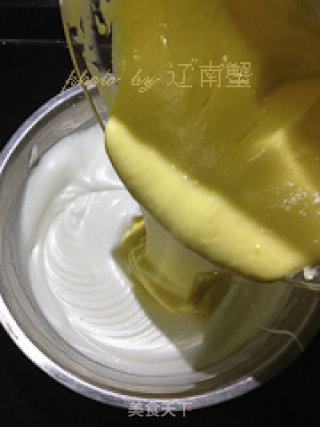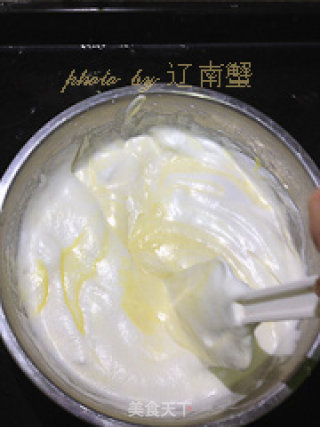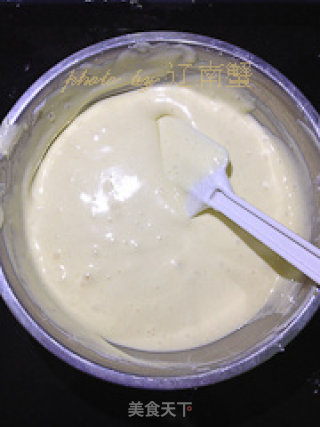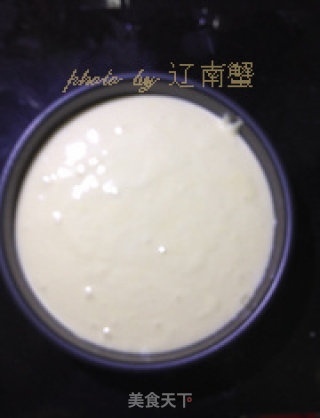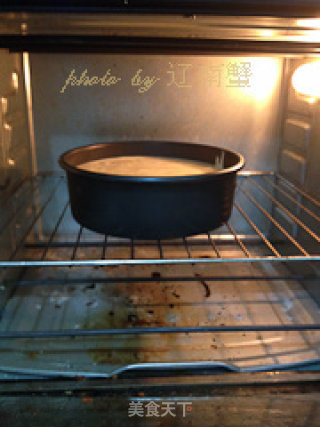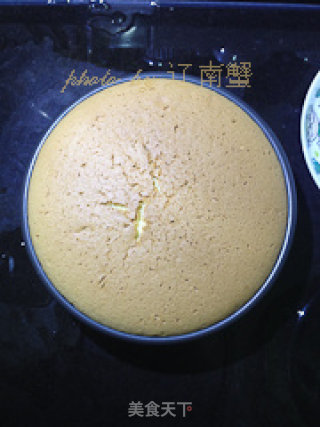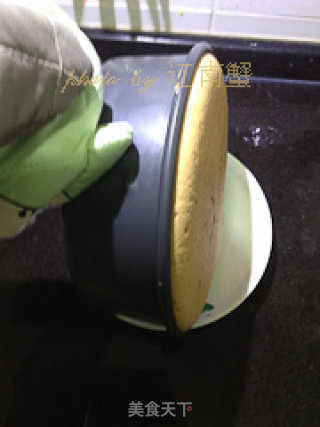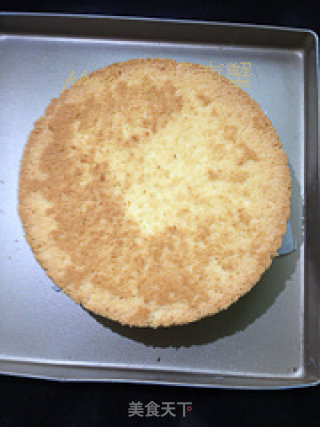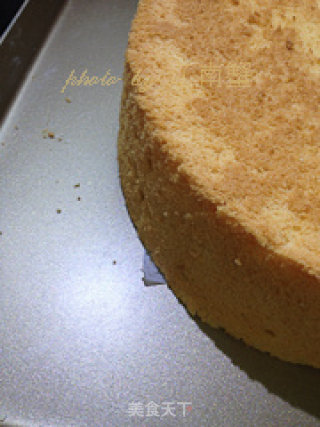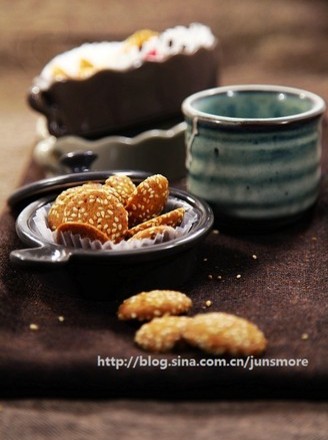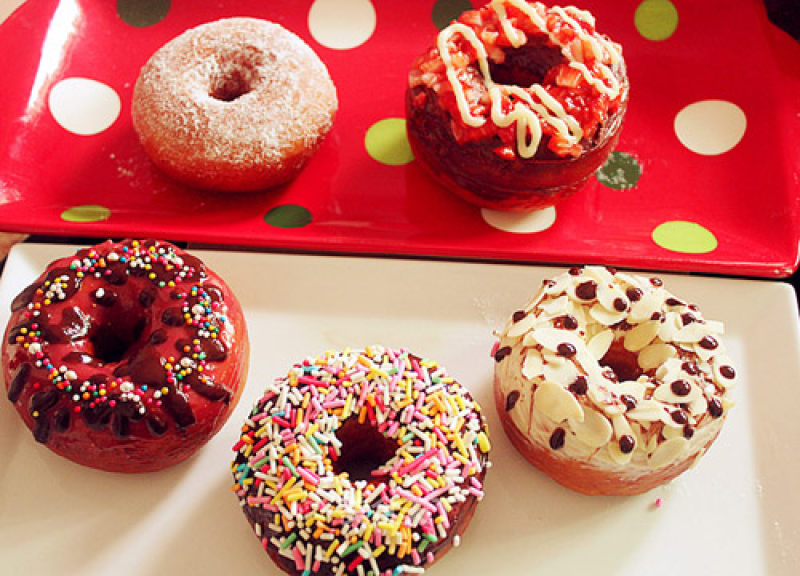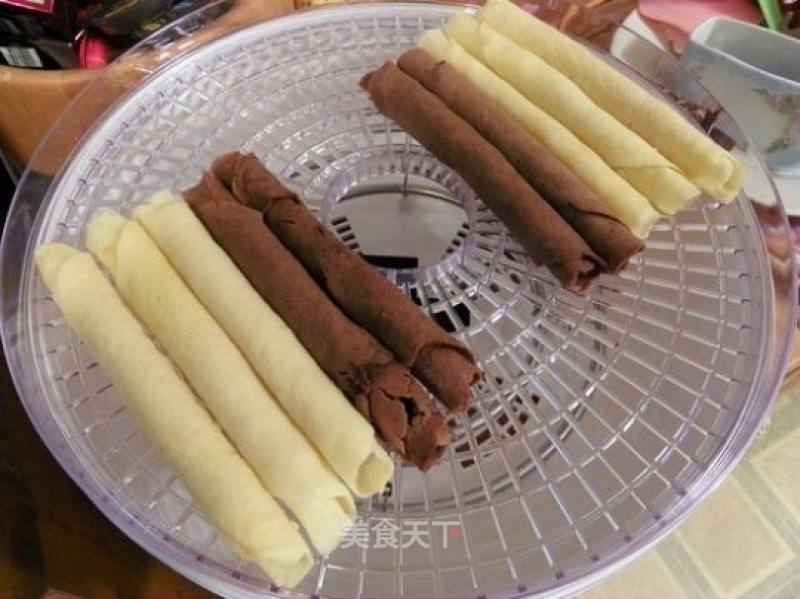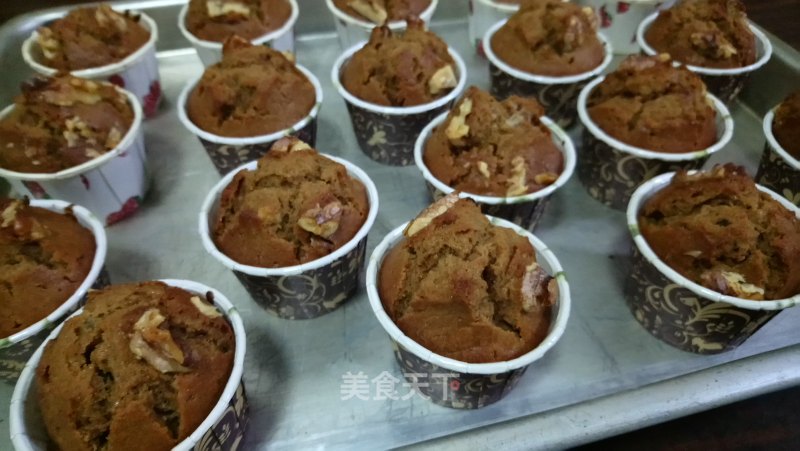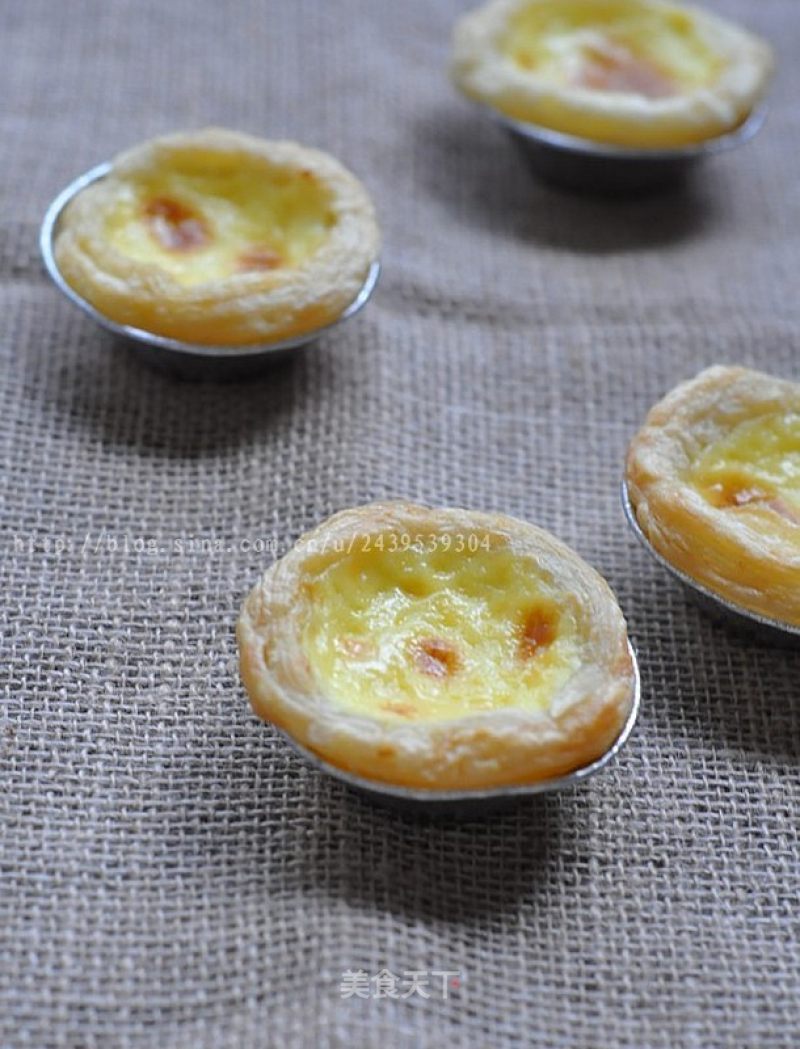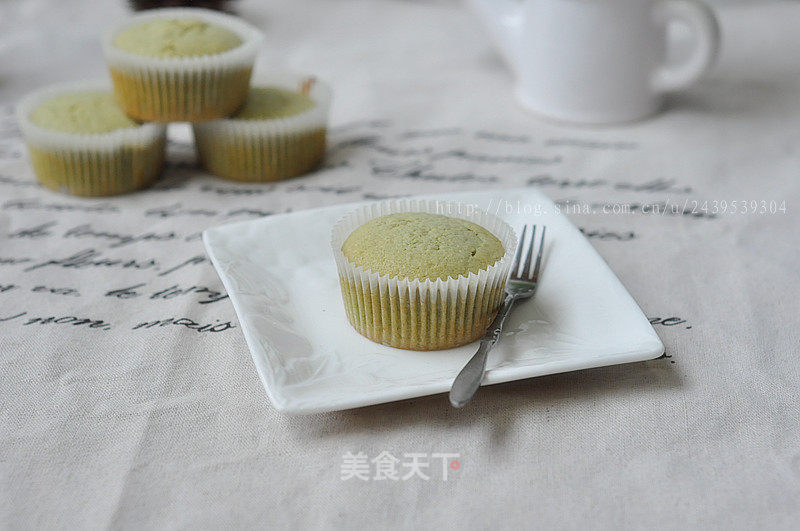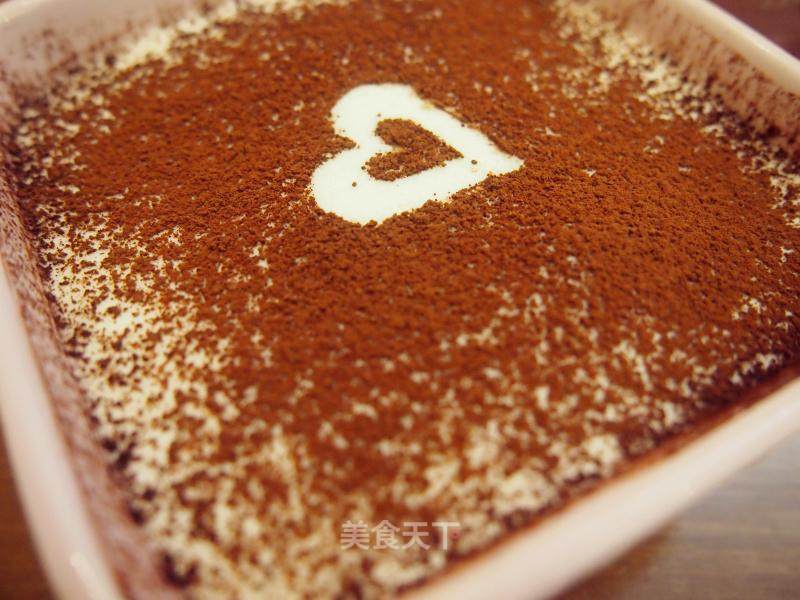Basic Chiffon
by Liaonan Crab
Favorite
Difficulty
Hard
Time
2h
Serving
2
[Basic awe and prestige] Let me talk about how I do Chiffon with more pictures and more points. Friends in the circle of friends keep asking Chifeng how to do it and why it keeps doing it badly. Think about the Jie Cou I used to go crazy, smile and tell my friends, don't be afraid of failure, you can sum up all kinds of experience very well, this is how I came out.
After all, I took the time to take pictures of Chiffon carefully, and I also wrote down everything I thought about and knew in this article, which is also convenient for everyone to communicate. In order to be more clear, the main points are crossed in the steps. Yuan Liang, I am too busy, this picture was taken at night.
Ingredients: 7 medium eggs, 70 grams of corn oil, 60 grams of yogurt, low powder, 105 grams of lemon juice, 90 grams of sugar, and 90 grams of eggs. The size of the eggs can be divided into extra large, large, medium and small. We use medium eggs.
The yogurt can adjust the taste very well, and it also has an effect on the stability of the protein. It can be replaced with ordinary milk or water. The number of grams needs to be adjusted to 60 grams or 55 grams.
Corn oil is tasteless and is better for cakes. Of course, olive oil or other fats can also be used. Pay attention to choosing tasteless oils to avoid affecting the taste of the cake.
The flour must be low-gluten flour, so that the taste will be soft, and the gluten will not be easy to develop during the operation.
The main function of lemon juice is to remove fishy. It can be replaced with white vinegar. When using yogurt to make cakes, acidic substances can no longer be added.
The amount of sugar can be adjusted, 7 eggs 90 grams of sugar, the sweetness is very average, you can add to 140 grams, adjust by yourself.
Usually, 5 eggs are sufficient for an 8-inch cake mold. I felt that the thickness of the cake was not enough, so I added 7 eggs.
Transform, the recipe for five eggs:
5 medium eggs, 80 grams of low flour, 50 grams of yogurt, 45 grams of corn oil, and 60 grams of sugar. This is the recipe I am used to, because our eggs are not quantified, so other ingredients in the ingredients are not strictly quantified.
If you do not make a cake base, it is recommended to use a hollow chiffon mold, which is easier to succeed. For a family of three, using a six-inch hollow mold, three eggs or four eggs, it is very convenient to eat them all at once. Do not use hollow molds, it is best to use movable bottom, easy to demold. Chiffon cannot use non-stick molds, which is not conducive to Chiffon's climbing, and it is prone to problems such as waist collapse and collapse.
practice:"
After all, I took the time to take pictures of Chiffon carefully, and I also wrote down everything I thought about and knew in this article, which is also convenient for everyone to communicate. In order to be more clear, the main points are crossed in the steps. Yuan Liang, I am too busy, this picture was taken at night.
Ingredients: 7 medium eggs, 70 grams of corn oil, 60 grams of yogurt, low powder, 105 grams of lemon juice, 90 grams of sugar, and 90 grams of eggs. The size of the eggs can be divided into extra large, large, medium and small. We use medium eggs.
The yogurt can adjust the taste very well, and it also has an effect on the stability of the protein. It can be replaced with ordinary milk or water. The number of grams needs to be adjusted to 60 grams or 55 grams.
Corn oil is tasteless and is better for cakes. Of course, olive oil or other fats can also be used. Pay attention to choosing tasteless oils to avoid affecting the taste of the cake.
The flour must be low-gluten flour, so that the taste will be soft, and the gluten will not be easy to develop during the operation.
The main function of lemon juice is to remove fishy. It can be replaced with white vinegar. When using yogurt to make cakes, acidic substances can no longer be added.
The amount of sugar can be adjusted, 7 eggs 90 grams of sugar, the sweetness is very average, you can add to 140 grams, adjust by yourself.
Usually, 5 eggs are sufficient for an 8-inch cake mold. I felt that the thickness of the cake was not enough, so I added 7 eggs.
Transform, the recipe for five eggs:
5 medium eggs, 80 grams of low flour, 50 grams of yogurt, 45 grams of corn oil, and 60 grams of sugar. This is the recipe I am used to, because our eggs are not quantified, so other ingredients in the ingredients are not strictly quantified.
If you do not make a cake base, it is recommended to use a hollow chiffon mold, which is easier to succeed. For a family of three, using a six-inch hollow mold, three eggs or four eggs, it is very convenient to eat them all at once. Do not use hollow molds, it is best to use movable bottom, easy to demold. Chiffon cannot use non-stick molds, which is not conducive to Chiffon's climbing, and it is prone to problems such as waist collapse and collapse.
practice:"


